India has always been a land that defies easy explanations. With its kaleidoscope of colors, contradictions, cultures, and conflicts, the country has fascinated filmmakers, scholars, and storytellers for centuries. Bollywood often steals the spotlight with its grandeur and drama, but some of the most powerful stories about India are being told not through fiction but through documentaries. These films peer beneath the surface of the everyday, exploring the untold realities of caste, gender, religion, poverty, resilience, and hope.
Borrowing from the soulful phrase “Des mera rangrez ye baabu,” which evokes the image of a country dyed in a thousand shades of experience, this list celebrates the best documentaries that let you see India like never before. They take us into railway compartments, rural schools, red-light districts, beauty pageants, newsrooms, and history’s forgotten corners. Together, they reveal India in its most vibrant, fractured, hopeful, and endlessly complex forms.
Watch them not just to learn about India, but to feel India: its struggles, its contradictions, and its unbreakable resilience.
1. Unreserved (2017, Directed by Samarth Mahajan)
For anyone who has traveled on an Indian train, the unreserved compartment is an unforgettable experience: chaotic, noisy, packed to the brim, and yet bursting with raw energy. Samarth Mahajan’s “Unreserved” captures this very slice of India by filming entirely inside trains moving across the country. The documentary goes beyond the train as a physical space and transforms it into a metaphor for India itself—constantly in motion, restless, and layered with countless stories.
Mahajan brings us into close contact with migrant laborers who travel in search of work, students chasing education, lovers who hide within the crowd, and vendors who turn the compartment into their marketplace. Each encounter is a reminder of how the margins often carry the heartbeat of the nation. The film highlights inequality, poverty, aspiration, and resilience, not as abstract ideas but through lived human stories. Special mention must go to the Indian Ocean track, “Leaving Home,” which underlines the poignancy of these journeys. “Unreserved” is less about trains and more about the voices within them, making it a moving portrait of India’s shared, if uneven, journey.
2. India Untouched: Stories of a People Apart (2007, Directed by Stalin K.)
Few films tackle the harsh realities of caste in India with the courage and unflinching honesty of Stalin K.’s “India Untouched.” Spanning eight Indian states and a variety of urban and rural contexts, the documentary lays bare how deeply caste continues to shape everyday life. Stalin K. and his team travel across villages, towns, schools, temples, and workplaces to reveal the persistence of untouchability practices that many believe to have vanished. What emerges is shocking: children forced to sit separately in schools, Dalits barred from water sources, and entire communities denied dignity.
By foregrounding the voices of Dalits themselves who speak of both humiliation and resistance, the film refuses to let the audience turn away. Unlike mainstream discourse, which often avoids discussing caste head-on, “India Untouched” forces us to reckon with uncomfortable truths. It is an indictment of societal silence and complacency. For anyone who wants to confront the darker side of modern India, the side that rarely appears in textbooks, travel brochures, or celebratory media, this film is essential viewing. It is disturbing and unforgettable.
More Read: 10 Delightful Indian Documentaries of the 2010s
3. The World Before Her (2012, Directed by Nisha Pahuja)
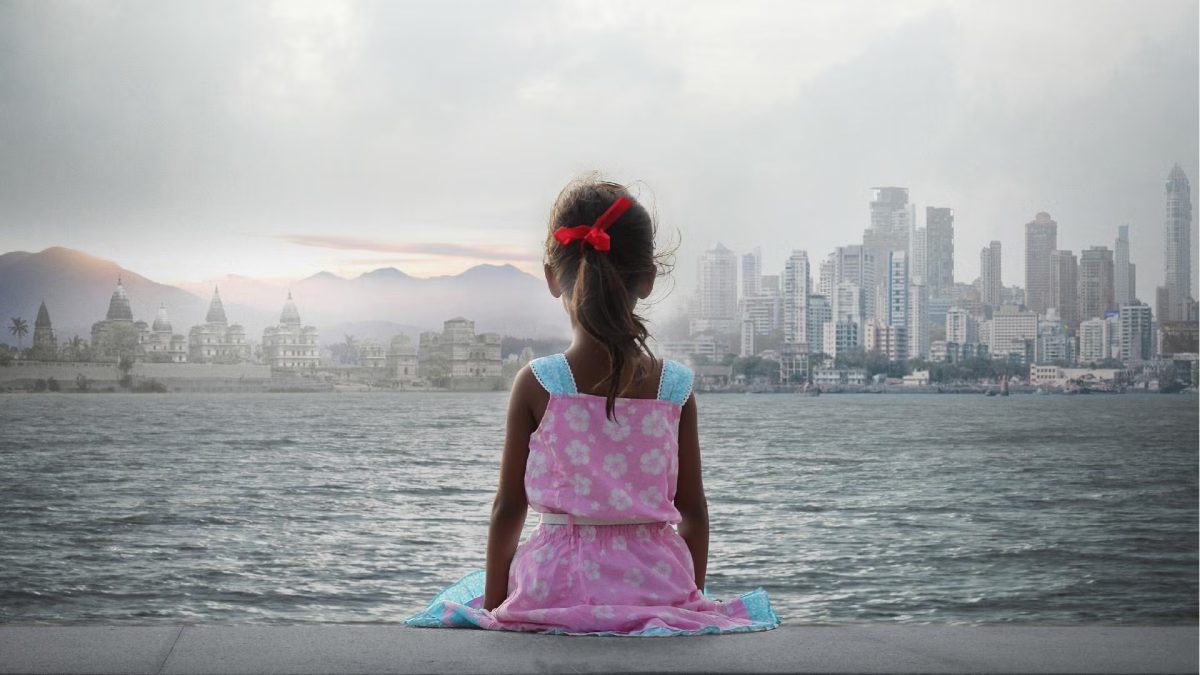
India’s contradictions are nowhere as vivid as in Nisha Pahuja’s “The World Before Her.” Through a powerful parallel structure, the film juxtaposes two radically different spaces shaping young women’s lives: the glamorous, hyper-modern Miss India beauty pageant training camp in Mumbai, and a fundamentalist Hindu nationalist camp for girls in Gujarat. The contrast is both jarring and revealing. On one side are young women aspiring to globalized ideals of beauty, ambition, and freedom; on the other are girls being prepared for lives of discipline, nationalism, and adherence to rigid tradition.
Yet the film resists caricature; neither camp is portrayed as wholly liberating or wholly oppressive. Instead, Pahuja reveals how both reflect India’s deep anxieties about gender, identity, and modernity. The young women at the pageant face pressures of body image and commodification, while those at the nationalist camp negotiate ideology and restriction. The result is unsettling: a portrait of women’s lives suspended between opportunity and constraint, modernity and tradition. “The World Before Her” is an essential exploration of how womanhood itself becomes contested terrain in contemporary India.
4. The Story of India (2007, Directed by Michael Wood)
For viewers seeking a sweeping historical perspective, Michael Wood’s six-part BBC series “The Story of India” is indispensable. Unlike a conventional documentary, it combines the depth of scholarship with the accessibility of travel storytelling. Wood journeys across the subcontinent, retracing the history of India from the Indus Valley Civilization through the Mauryan and Mughal dynasties to the colonial era and independence. But the series is not only about kings, empires, and rulers. It is also about ordinary people, farmers, artisans, monks, and migrants whose lives shaped and were shaped by larger forces of history.
What sets this series apart is its ability to make history feel alive: Wood converses with locals, participates in rituals, and stands amidst archaeological ruins, making connections between India’s past and present. It reveals how cultural exchanges, migrations, and conflicts have made India a uniquely layered civilization. By the time we reach the present, viewers see that today’s India, with its contradictions, vitality, and challenges, is inseparable from its long past. For anyone seeking to understand India’s identity through history, this series is an illuminating journey.
5. Unlimited Girls (2002, Directed by Paromita Vohra)
Paromita Vohra’s “Unlimited Girls” is one of the most inventive and witty explorations of feminism to come out of India. Structured as a playful “feminist road movie”, the film follows a protagonist known only as “Fearless,” who sets out to understand what feminism means in contemporary Indian society. Her journey takes her through conversations with activists, homemakers, students, professionals, and everyday women, each grappling with contradictions of freedom, sexuality, tradition, and modernity. What makes the film remarkable is its refusal to treat feminism as a solemn ideology to be lectured about.
Instead, Vohra crafts an energetic, humorous, and self-reflexive exploration, blending interviews, voiceovers, graphics, and witty commentary. The film embraces messiness, reminding us that feminism itself is not a monolith but a vibrant conversation full of disagreements and laughter. In doing so, it offers young Indians an accessible and relevant entry point into debates on gender and identity. Far ahead of its time, “Unlimited Girls” remains fresh, engaging, and necessary in how it captures feminism not as theory but as lived practice.
Explore More: 10 Contemporary Indian Documentaries on Real Life People
6. Born into Brothels (2004, Directed by Zana Briski and Ross Kauffman)
Zana Briski and Ross Kauffman’s “Born into Brothels” is a rare documentary that combines heartbreak with hope. Set in Kolkata’s notorious red-light district, the film follows the children of sex workers whose lives seem trapped in cycles of poverty and exploitation. Briski, a photographer, introduces cameras to the children and encourages them to document their own worlds. What emerges is extraordinary: raw, intimate, and moving photographs that reveal the children’s perspectives with honesty and artistry.
Through their eyes, the audience sees the resilience of imagination even amidst despair. Yet the film does not shy away from the harsh realities of systemic exploitation, limited opportunities, and social stigma that weigh heavily on their futures. While the film won the Academy Award for Best Documentary Feature, it also attracted controversy, with critics questioning the ethics of representation and intervention. But regardless of debate, the documentary stands as a landmark in its commitment to foregrounding children’s voices.
7. Katiyabaaz (2013, Directed by Deepti Kakkar and Fahad Mustafa)
Set in Kanpur, “Katiyabaaz” explores India’s chronic electricity crisis through the gripping story of Loha Singh, a charismatic “electricity thief.” Loha provides stolen power to entire neighborhoods by hooking wires directly to the grid, a practice known locally as katiya. Opposing him is Ritu Maheshwari, a sincere and determined bureaucrat trying to modernize the system and deliver reliable electricity. The clash between them is more than just personal; it embodies the broader conflict between informal survival mechanisms and formal governance structures.
The film unfolds like a thriller, filled with humor, tension, and moral ambiguity. For the residents of Kanpur, electricity theft is not just a crime but a survival; for the administration, it is a barrier to progress. In capturing this dynamic, “Katiyabaaz” raises urgent questions: what does “development” mean when basic needs like electricity remain unmet? Can formal reforms succeed without acknowledging people’s lived realities? With grit and empathy, the film exposes the politics of infrastructure and inequality in urban India.
More on the Subject: The 15 Best Movies About the Working Class
8. In the Name of God (1992, Directed by Anand Patwardhan)
Anand Patwardhan’s “In the Name of God” (“Ram ke Naam”) is one of the most courageous and enduring documentaries in Indian cinema. Filmed in the early 1990s, it chronicles the rise of Hindu nationalism around the Ram Janmabhoomi movement, which culminated in the demolition of the Babri Masjid on December 6, 1992. Through interviews with politicians, activists, and ordinary citizens, Patwardhan lays bare how religious fervor was mobilized for political power, manufacturing communal hatred and division. The film captures the chilling transformation of faith into a weapon for violence.
Despite facing censorship, hostility, and threats, “In the Name of God” has endured as a vital document of contemporary Indian history. Watching it today is unsettling, not just as a record of past events but as a mirror to the present, as the politics of religion continues to shape public life. Patwardhan’s fearless filmmaking insists that documentary is not neutral observation but an act of political responsibility. “In the Name of God” remains urgent, challenging viewers to confront uncomfortable truths about communalism and democracy.
9. Period. End of Sentence (2018, Directed by Rayka Zehtabchi)
Winner of the Academy Award for Best Documentary Short, “Period. End of Sentence” is a deceptively simple yet deeply transformative film. Set in a village outside Delhi, it addresses the stigma surrounding menstruation, a subject often shrouded in silence and shame. The film follows local women who begin producing low-cost sanitary pads using a simple machine, thereby not only breaking taboos but also creating livelihoods. The story is intimate yet powerful: women who were once silenced gain confidence as they talk openly about menstruation, challenge prejudices, and empower themselves socially and economically.
At its heart, the film is about the intersection of health, dignity, and gender equality. By focusing on something as everyday yet hidden as menstruation, it exposes the ways silence reinforces inequality. What makes “Period” particularly moving is its celebration of grassroots change, a revolution that begins with small steps, like conversations and pad-making. The film’s warmth and optimism make it more than a critique; it is a story of resilience and empowerment that resonates globally.
10. Writing with Fire (2021, Directed by Rintu Thomas and Sushmit Ghosh)
Few Indian documentaries have received as much global acclaim as “Writing with Fire.” Nominated for an Academy Award, it follows the fearless journalists of Khabar Lahariya, India’s only newspaper run entirely by Dalit women. Armed with little more than smartphones and determination, these women travel through rural Uttar Pradesh reporting on corruption, caste violence, gender discrimination, and environmental issues. Their journalism is risky, often conducted in hostile environments where both caste and patriarchy work against them.
Yet their persistence transforms not only their own lives but also their communities. The film is as much about journalism as it is about courage: it shows how storytelling can disrupt entrenched hierarchies and give power to the marginalized. What stands out is the women’s grit; they are not portrayed as victims, but as agents of change. At a time when journalism itself faces threats worldwide, “Writing with Fire” shines as a testament to the transformative power of independent voices. It is one of the most inspiring documentaries ever made in India.
Bonus Recommendation: Main Bhi Bharat (Sansad TV, YouTube Channel)
“Main Bhi Bharat,” a series produced by Sansad TV and freely available on YouTube, is a hidden gem worth exploring. Focused on India’s tribal and Adivasi communities, it offers a respectful, in-depth look at cultures, histories, and struggles that are often erased from mainstream narratives. Each episode highlights a different Adivasi group, exploring their traditions, livelihoods, challenges, and aspirations. Unlike sensationalized portrayals, “Main Bhi Bharat” adopts an educational yet empathetic tone, giving space to voices that usually remain unheard.
The series is particularly valuable for understanding the diversity of India beyond dominant caste, class, and urban-centric perspectives. It foregrounds questions of displacement, marginalization, and resilience while also celebrating cultural richness and creativity. For students, researchers, or simply curious viewers, this series serves as an accessible and vital resource. By bringing tribal communities to the center, “Main Bhi Bharat” reminds us that the Indian story is incomplete without acknowledging its most silenced voices.






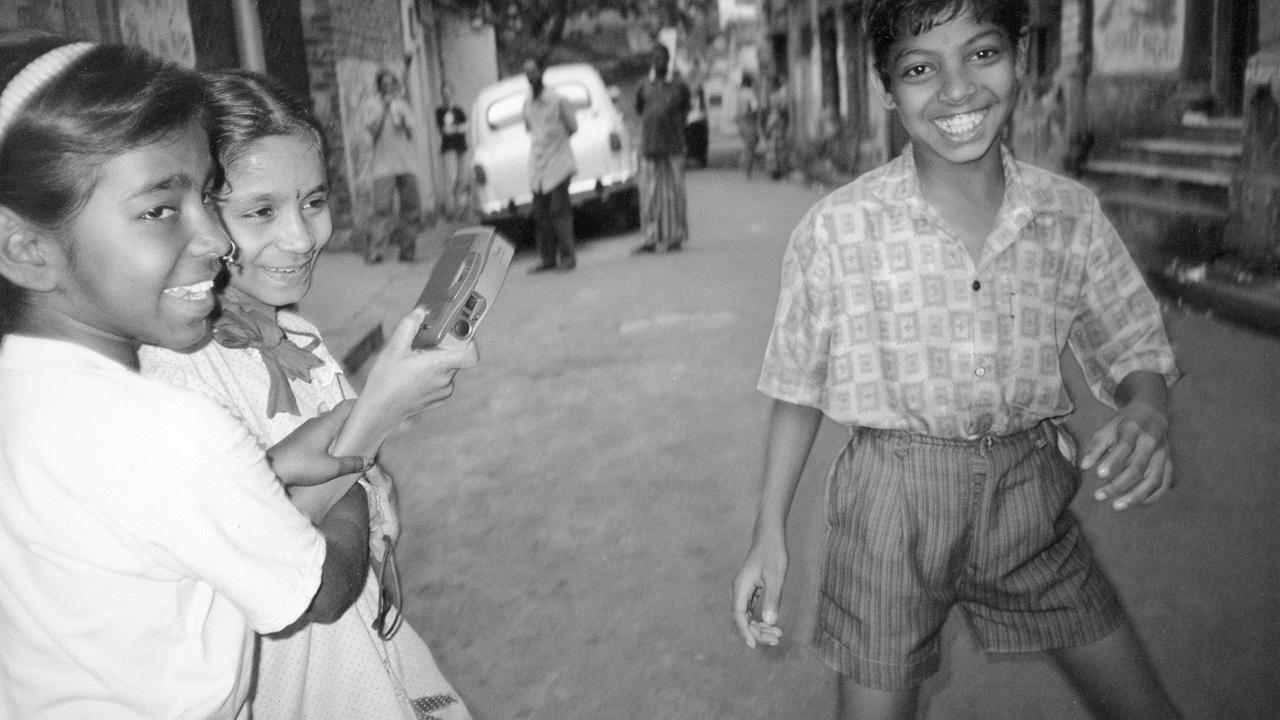

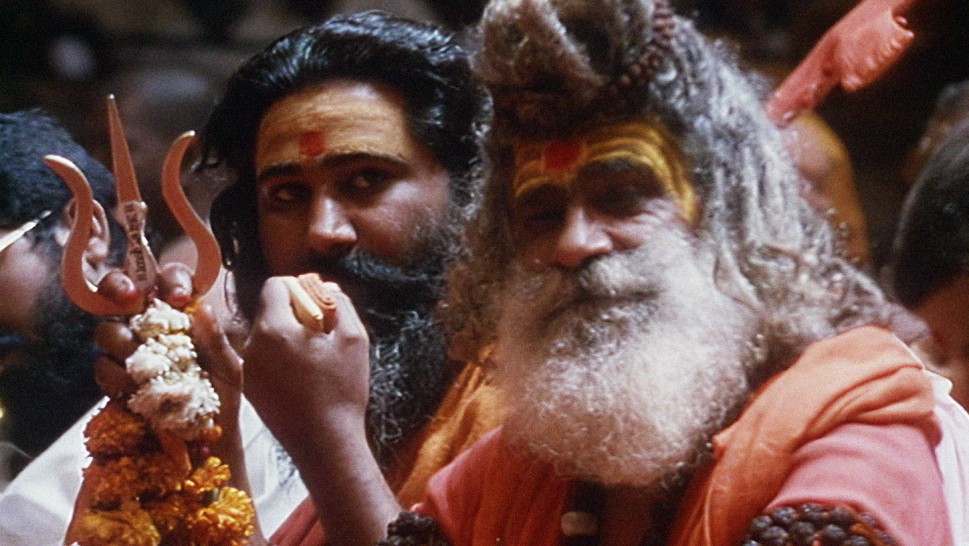
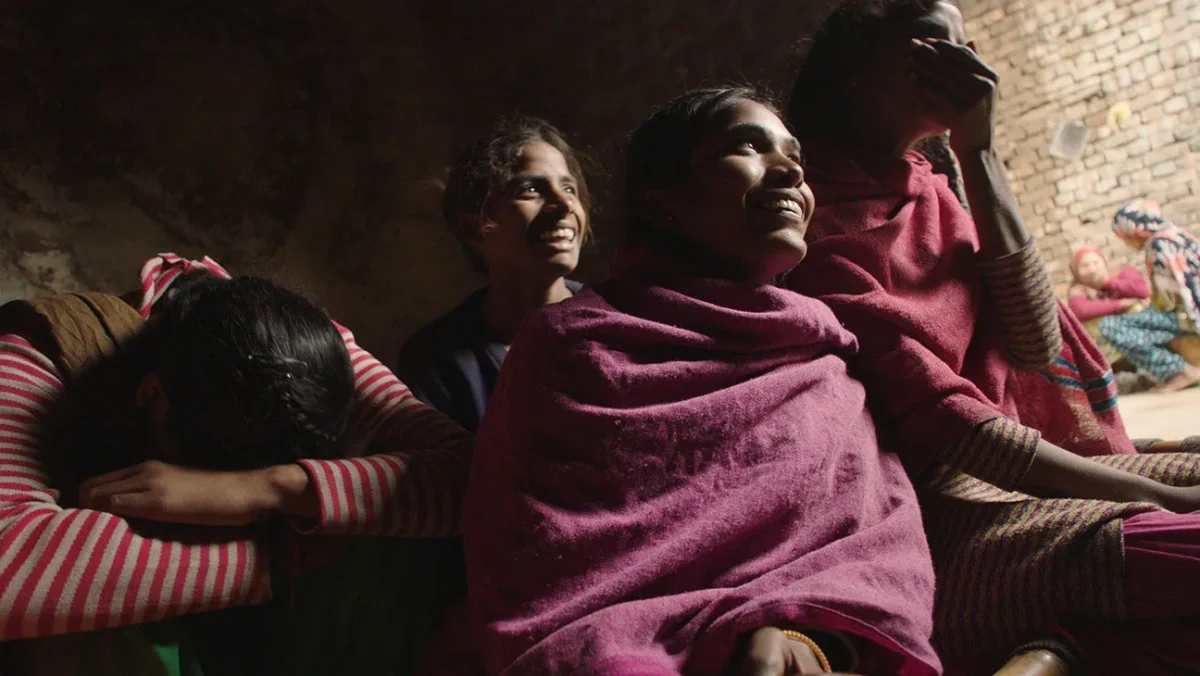

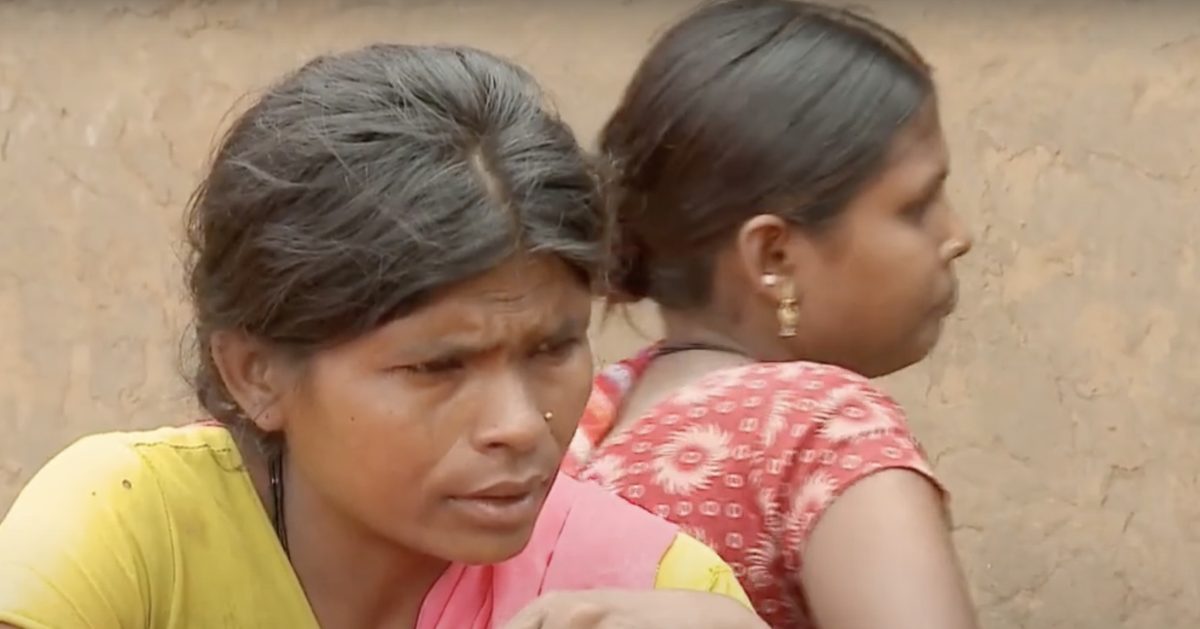
![General Idi Amin Dada: A Self Portrait [1974] Review – A Strangely Funny and Disquieting Look at a Sociopathic Ruler](https://79468c92.delivery.rocketcdn.me/wp-content/uploads/2021/03/General-Idi-Amin-Dada-1974-768x432.jpg)

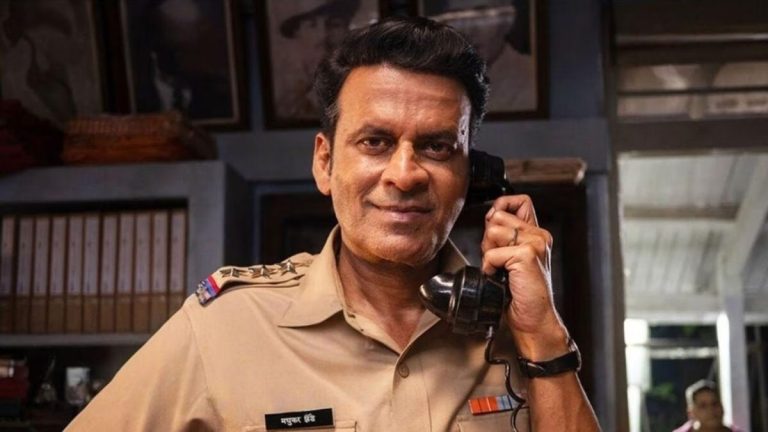

![Going Clear [2015]: Scientology and the Prison of Belief](https://79468c92.delivery.rocketcdn.me/wp-content/uploads/2015/12/goingclear1.jpg)
